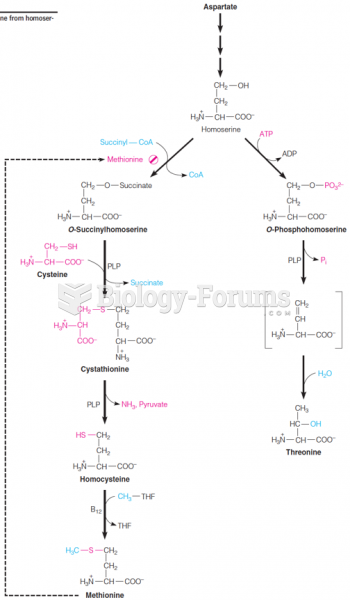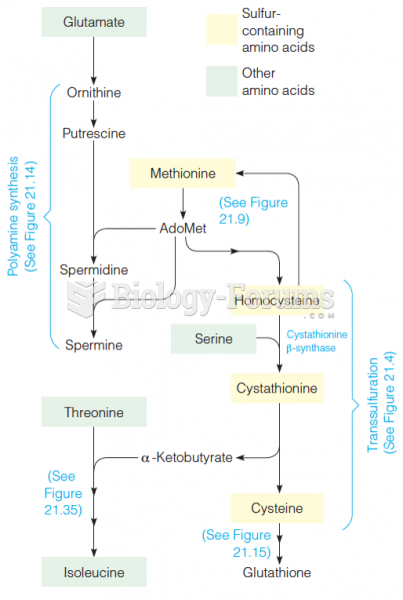Definition for Methionine
From Biology Forums Dictionary
Methionine is an amino acid that is often abbreviated as either M or Met, and it can be classified as nonpolar in most cases. When combined with cysteine, methionine becomes one of only two proteinogenic amino acids that contain sulfur. SAM, S-adenosyl methionine acts as a methyl donor and derivative. When it comes to biosynthesis, methionine is an intermediary in the process. Typically, carnitine, taurine, lecithin, cysteine, and several additional phospholids become part of the process of biosynthesis. When the conversion of these chemicals is combined improperly, atherosclerosis is often the result.
Oftentimes, the methionine amino acid is used in plant synthesis, and the process of which is coined as the Yang Cycle, while in certain cases, the methionine cycle. When examining amino acids that are encoded with a single codon, methionine is one of the major amino acids for study. In addition, as the ribosome initiates the process of protein translation from mRNA, the AUG codon often initiates the process. As a result, methionine becomes immersed into the N-terminal location of all assumed proteins in archaea and eukaryotes translations. However, it is typically taken away by the post-translational modifying principles. Moreover, N-formylmethionine functions as the fundamental amino acid in bacteria.
As one of the most prevalent amino acids, methionine cannot be synthesized in people, so these proteins must be ingested. As far as microorganisms and plants, the synthesis occurs by means of a pathway utilizing both cysteine and aspartic acid. Firstly, a conversion transfer takes place with the aspartic acid, namely the B-aspartyl-semialdehyde changes into a homoserine, which introduces both of the methylene groups as contiguous. Basically, the homoserine changes into 0-succinyl homoserine, which then interacts with cysteine in order to create cystathionine. Lastly, the final product is yielded into homocysteine. Methionine is afforded by the folates, as a result of the subsequent methylation belonging to the thiol group. Both cystathionine-B-lyase and cystathionine-y-synthase require cofactors, whereas the homocysteine methyltransferase relies upon vitamin B12 as its cofactor. Enzymes that are typically involved in the biosynthesis of methionine are aspartokinase, methionine synthase, cystathionine-y-synthase, homoserine O-transsuccinylase, homoserine dehydrogenase, B-aspartate semialdehyde and dehydrogenase.



